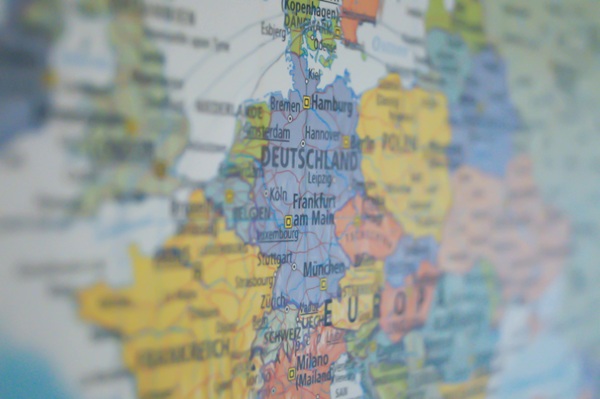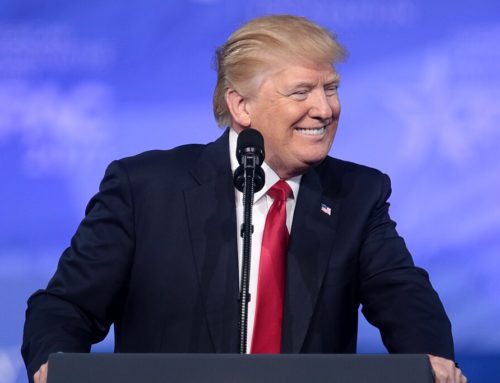1. Colombia grows non-mining exports
In 2024, Colombia achieved a significant milestone in its economic diversification efforts, with non-mining exports reaching an impressive $22 billion USD. This marks a 7.7% increase from the previous year, according to the Ministry of Commerce, Industry, and Tourism.
Key Contributors to Growth
Several sectors contributed to this remarkable growth. The industrial sector saw substantial increases, with electric transformers leading the way with a 61.5% rise in exports. Other notable increases included insecticides (7.1%), beauty preparations (17.6%), and chloride polymers (9.1%).
Agricultural products also played a crucial role. Coffee exports surged by 18.4%, flowers by 9.9%, and bananas by a remarkable 30.4%. Additionally, exports of pineapples, avocados, guavas, and mangos collectively grew by 46.3%.
Regional Performance
Regionally, eight of the top ten non-mining export areas reported positive results. Bogotá’s exports increased by 10.3%, Antioquia by 6.9%, Cundinamarca by 9.8%, Bolívar by 7.8%, Caldas by 6.4%, Huila by 33.4%, Risaralda by 50.6%, and Magdalena by 12.9%.
Government Policies and Future Outlook
The Ministry attributes these gains to government policies aimed at diversifying and enhancing the value of Colombia’s export offerings. Minister of Commerce, Industry, and Tourism, Luis Carlos Reyes Hernández, emphasized the focus on positioning Colombian products with added value in various markets.
These figures underscore Colombia’s ongoing efforts to strengthen its non-mining export sectors and reduce reliance on traditional commodities. With continued support and strategic initiatives, Colombia is well-positioned to further expand its presence in the global market.
2. Trade update February 2025

Julius Silver via Pexels
Introduction
February 2025 has been a pivotal month for international trade, marked by significant developments across the globe. From new trade policies to high-level diplomatic engagements, the landscape of global trade is evolving rapidly. This article provides an overview of the key events and their implications.
US Trade Policies and Tariffs
One of the most notable developments this month was the announcement of the “Fair and Reciprocal Plan” by President Donald J. Trump. This comprehensive plan aims to address longstanding imbalances in international trade by ensuring fairness and reciprocity in trade relationships. The plan includes measures to counter non-reciprocal trading arrangements and reduce the US trade deficit, which exceeded $1 trillion in 2024.
UK’s Diplomatic Engagements
The UK has also been active on the international stage. Prime Minister Rishi Sunak made history as the first UK leader to attend the EU Summit since Brexit. The summit focused on defense and security cooperation, with the Prime Minister calling for renewed emphasis on research and development, industrial collaboration, and military cooperation. Additionally, the Chancellor led a delegation to Beijing for the first UK-China Economic and Financial Dialogue since 2019, signaling a potential thaw in UK-China relations.
EU-UK Relations
The EU-UK relationship saw a significant reset this month. The Prime Minister reaffirmed the UK’s commitment to not choosing between the US and the EU, a stance welcomed by businesses. The focus of the EU Summit was on defense, but there were calls for stronger cooperation in areas like regulation, mobility, and energy. The upcoming EU-UK Summit in May is expected to further solidify these ties.
Global Trade Outlook
On a broader scale, business leaders worldwide have highlighted the need for predictability in global markets. The International Chamber of Commerce (ICC) emphasized the importance of stable trade policies to foster economic growth and development. As global trade continues to face challenges, the need for cooperation and clear policies remains paramount.
Conclusion
February 2025 has been a month of significant developments in international trade. The actions taken by major economies like the US and the UK, along with the evolving EU-UK relationship, will shape the future of global trade. As we move forward, the focus will be on ensuring fair and reciprocal trade practices, fostering international cooperation, and maintaining stability in global markets.
3. ECB warns global trade weakening

The European Central Bank (ECB) has recently highlighted significant risks to euro area growth, stemming from rising trade tariffs and a widening competitiveness gap. In its latest Economic Bulletin, the ECB warns that these factors could dampen economic prospects just as global trade momentum shows signs of weakening.
Trade Tariffs and Global Trade Frictions
The ECB’s report indicates that global trade growth moderated towards the end of 2024, with an average growth rate of 0.7% for the fourth quarter of 2024 and the first quarter of 2025, down from 1.5% in the previous two quarters. This slowdown is attributed to increased trade frictions and regulatory hurdles, particularly in light of uncertainties surrounding US trade policies under the new administration.
Despite strong US imports providing temporary relief for European exporters, the ECB notes that the potential for new tariffs or trade barriers could lead to greater friction in global trade, ultimately weighing on euro area growth by dampening exports and weakening the global economy.
Competitiveness Gap
Beyond immediate trade concerns, the ECB underscores long-term competitiveness challenges within the eurozone. The report highlights that internal trade costs in Europe average an equivalent ad valorem tariff of 44% for manufacturing, compared to just 15% in the US. This significant disparity underscores the need for structural reforms to enhance European competitiveness.
The ECB encourages policy action to boost investment, streamline regulations, and strengthen the Single Market. These measures are seen as crucial for closing the gap in growth performance between Europe’s and America’s high-growth firms.
Economic Growth and Inflation Dynamics
The euro area continues to struggle with sluggish economic activity. Gross domestic product (GDP) increased by just 0.1% in the fourth quarter of 2024, with the services sector offering some support, but industrial production and business investment remaining weak. Additionally, waning sentiment among businesses and consumers poses another risk to economic recovery, potentially delaying stronger growth.
Inflation in the euro area has moderated but remains above the ECB’s 2% target. Headline inflation stood at 2.8% in January 2025, while core inflation, which excludes energy and food, was 2.9&. The ECB attributes persistent services inflation to strong wage growth, suggesting that underlying price pressures have not yet fully dissipated.
Conclusion
The ECB’s latest bulletin paints a cautious picture of the euro area economy, highlighting the dual challenges of rising trade tariffs and a competitiveness gap. Addressing these issues through targeted policy actions and structural reforms will be essential for fostering sustainable growth and ensuring the eurozone’s long-term economic resilience.
Featured image saul mercado via unsplash







